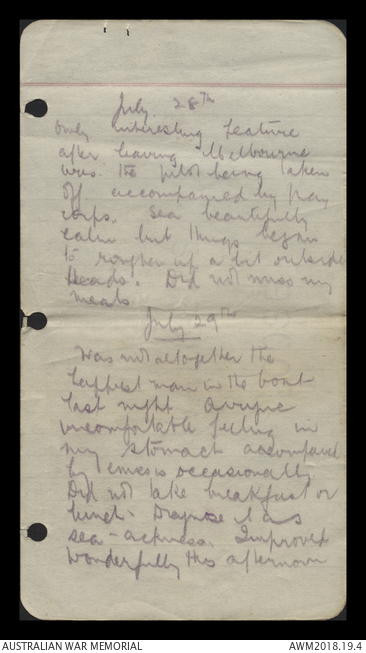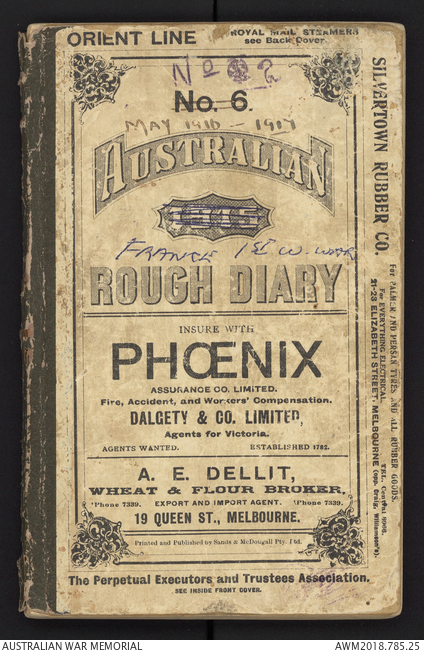| Ranks Held | Captain Commanding, Lieutenant General, Major General, Temporary Major General |
|---|---|
| Birth Date | 15/08/1863 |
| Birth Place | United Kingdom: England, Greater London, London |
| Death Date | 18/09/1947 |
| Death Place | Australia: Victoria, Melbourne |
| Final Rank | Lieutenant General |
| Service | Australian Imperial Force |
| Units |
|
| Places | |
| Conflicts/Operations |
|
Lieutenant General James Gordon Legge


James Legge served as a divisional commander and senior officer during the First World War. Born in London on 15 August 1863, he moved with his family to Sydney in 1878. Legge studied law but became a high school teacher before moving into the legal profession in 1890. In 1891 he was admitted to the New South Wales bar.
Legge's first experience of military life came in 1885 when he was commissioned into the 3rd New South Wales Infantry Regiment. Having resigned a year later, in 1887 he joined the 1st New South Wales Infantry Regiment as a second lieutenant. In 1894 he left legal practice and joined the permanent staff of the New South Wales Military Forces as a captain. A period of training in India followed, as did his marriage to Annie Ferguson in 1896.
In 1899 Legge left Sydney to serve in the Boer War, commanding an infantry company that was incorporated into the New South Wales Mounted Rifles. He returned home in 1900 and continued his army career, gaining experience in a number of appointments and publishing books on military topics. A long-time advocate of universal service, Legge was involved in the development of the universal training scheme. He was promoted to lieutenant colonel in December 1909.
Legge had, in addition, been Quartermaster General since 1908, holding this post for almost four years. In June 1912 he went to England as Australia's representative on the Imperial General Staff. He was promoted to colonel in May 1914, was appointed Chief of the General Staff and arrived back in Australia just after the First World War began. Legge raised the Australian Naval and Military Expeditionary Force, and the second AIF contingent and reinforcements before being given command of the 1st Division in May 1915. He was promoted to major general in June upon arrival at Gallipoli. Legge's tenure was short-lived and he returned to Egypt a month later to form the 2nd Division.
Legge went back to Gallipoli with the 2nd Division in late August, but became ill and was evacuated the following month, only rejoining his division after the evacuation. On the Western Front, Legge commanded his division at Pozières, meeting with mixed success. Some superiors considered him unsuitable to command in battle, others believed the opposite. He was evacuated to England because of ill-health in January 1917, despite his protesting that he was perfectly well. Having then been assured that he would not be given another operational command Legge returned to Australia where his AIF appointment ended in April.
He was appointed Inspector General Australian Military Forces, and was involved in advocating the pro side in the 1917 conscription plebiscite. In January 1920, Legge, became commandant of the Royal Military College Duntroon, but in 1922 was retrenched, along with other officers, for economic reasons. After pig farming in the Canberra district, Legge retired to Melbourne where he died on 18 September 1947.




